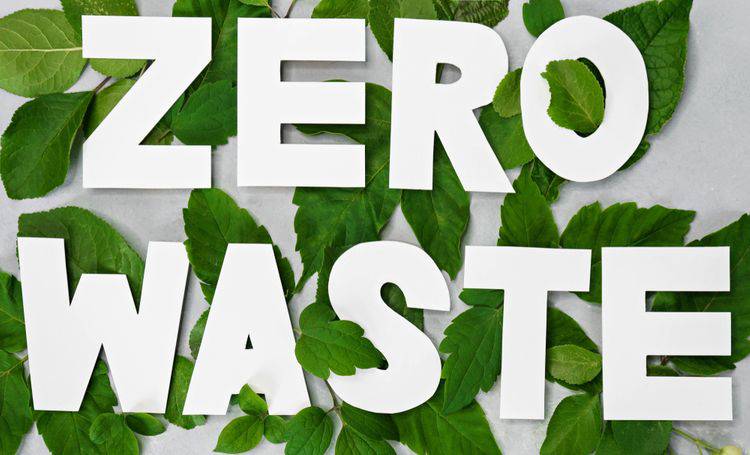The Greatest Guide To Zero Waste Sonoma: Home


TRUE Zero Waste Certification: Re-thinking Resource Life Cycle - Facilities Management Insights

40+ Easy Zero Waste Projects for the Home
Some Of ZeroWaste Washtenaw (Event Recycling & Composting)
Cradle-to-cradle focuses on designing commercial systems so that products flow in closed-loop cycles which suggest that waste is minimized, and waste items can be recycled and reused. Cradle-to-cradle just exceeds dealing with problems of waste after it has been developed, by attending to problems at the source and by re-defining problems by concentrating on style.
The cradle-to-cradle structure has actually progressed steadily from theory to practice. In Research It Here , it is creating a new concept of materials and product circulations. Just as in the natural world, in which one organism's "waste", cycles through an environment to supply nourishment for other living things, cradle-to-cradle materials distribute in closed-loop cycles, providing nutrients for nature or industry.
It has actually created an upholstery material, Climatex Lifecycle, which is a mix of pesticide- and residue-free wool and organically grown ramie, dyed and processed totally with nontoxic chemicals. The spread of industrialization worldwide has been accompanied by a big increase in waste production. In 2012 the World Bank mentioned that 1.
The Ultimate Guide To Zero Waste Team Education - City of Phoenix
2 billion tonnes by 2025 (International Solid Waste Management Market - Analysis and Projection). The increase in strong waste production increases the requirement for garbage dumps. With the boost in urbanization, these land fills are being placed closer to neighborhoods. These landfills are disproportionately located in locations of low socioeconomic status with mostly non-white populations.
Furthermore, within the last five years, more than 400 hazardous waste centers have actually received formal enforcement actions for undefined violations that were considered to be a threat to human health. There is a growing worldwide population that is confronted with limited resources from the environment. To ease the pressures put on the limited resources offered it has actually become more crucial to prevent waste.

